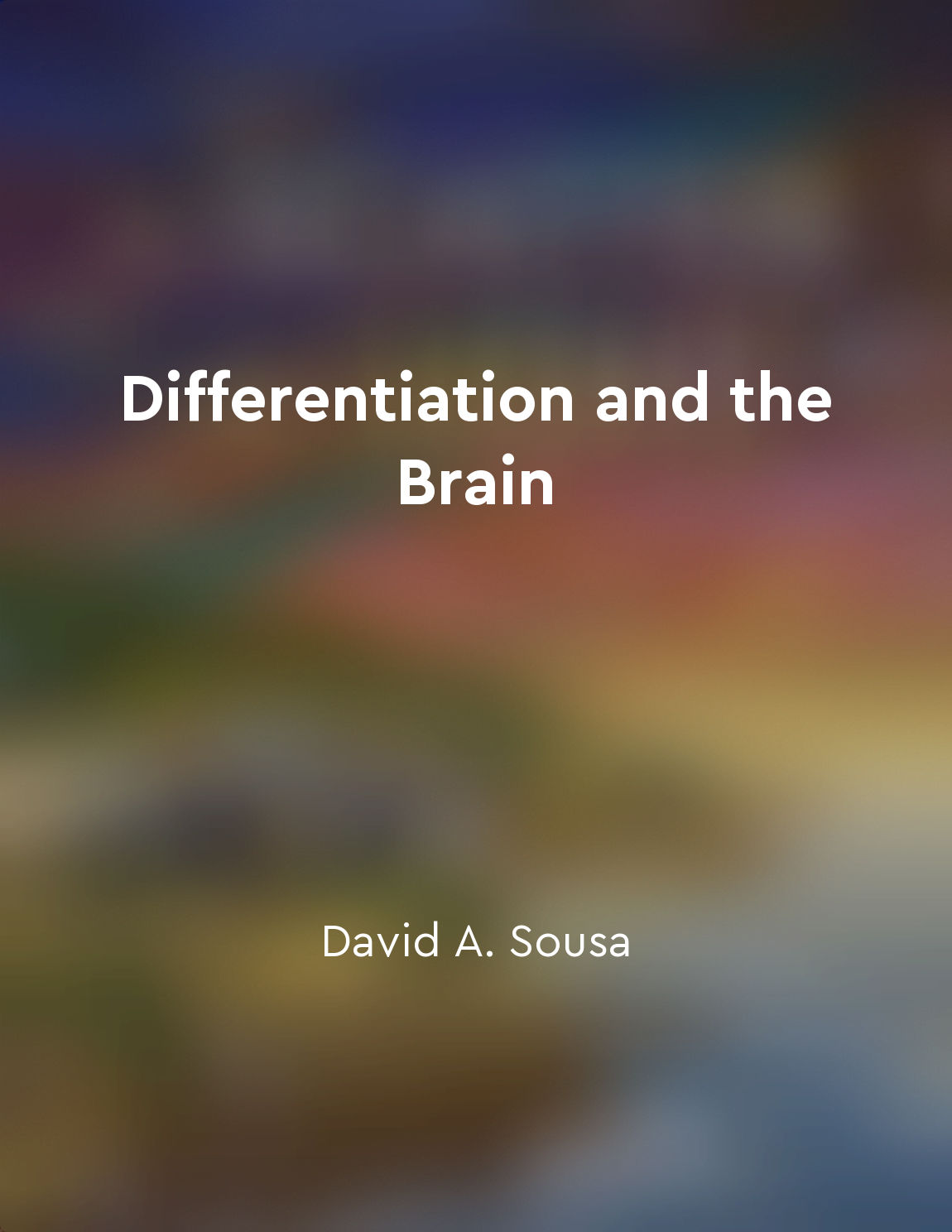Understanding students' strengths and weaknesses is key to differentiation from "summary" of Differentiation and the Brain by David A. Sousa,Carol A. Tomlinson
To effectively differentiate instruction, educators must have a deep understanding of their students' individual strengths and weaknesses. This knowledge serves as the foundation for tailoring teaching strategies to meet each student's unique needs. By recognizing what students excel in and where they may struggle, teachers can design lessons that both challenge and support them appropriately. Differentiation involves adjusting the content, process, and product of learning to ensure that students are engaged and making progress. This approach requires teachers to be flexible and responsive, adapting their instruction based on the diverse abilities and learning styles present in the classroom. By identifying students' strengths, educators can build on these areas of proficiency to enhance learning and boost confidence. Conversely, understanding students' weaknesses allows teachers to provide targeted support and scaffolding to help them overcome challenges. By addressing areas of difficulty through differentiated instructio...Similar Posts

Differentiation empowers students to reach their full potential
Differentiation is a powerful tool that allows educators to meet the diverse needs of students in the classroom. By tailoring i...

The brain thrives on challenges and new experiences
The brain is a complex organ that is constantly seeking stimulation and growth. When faced with challenges and new experiences,...
